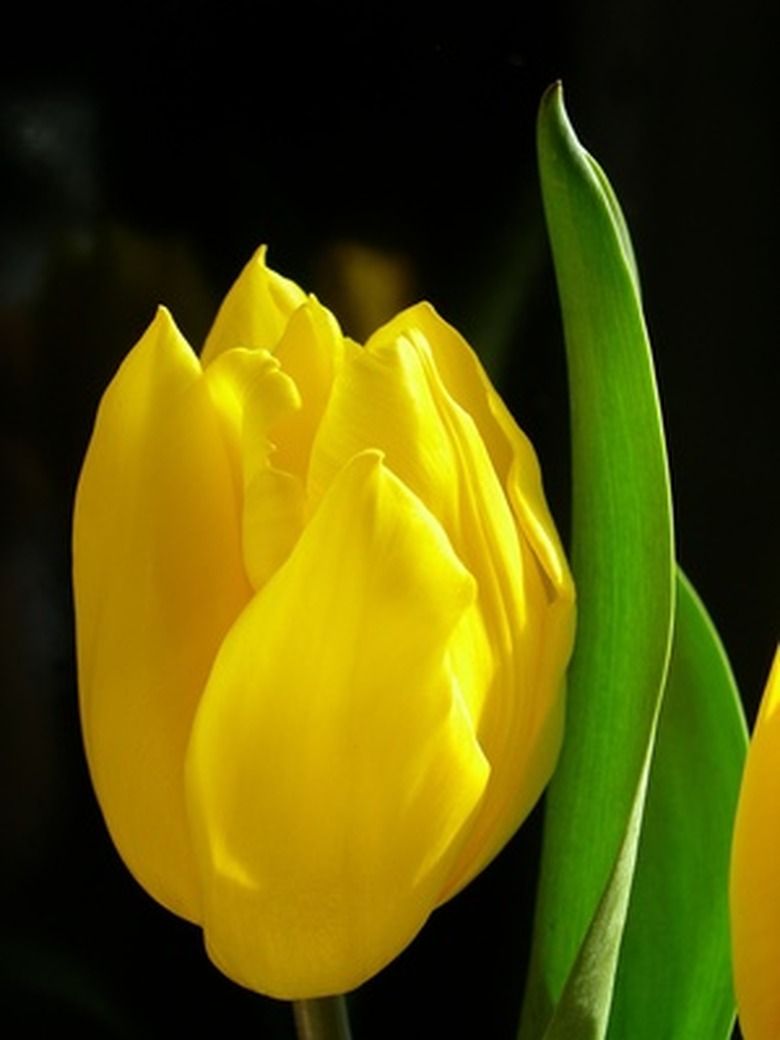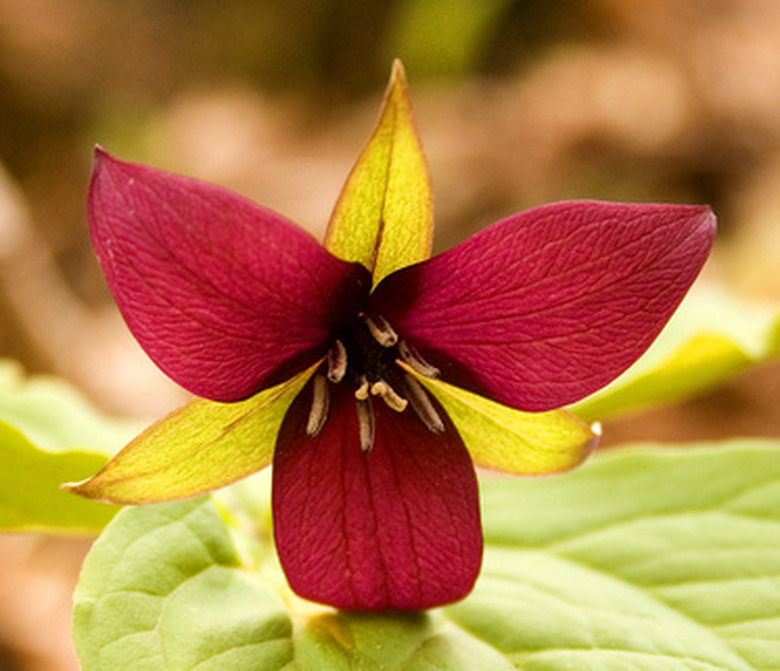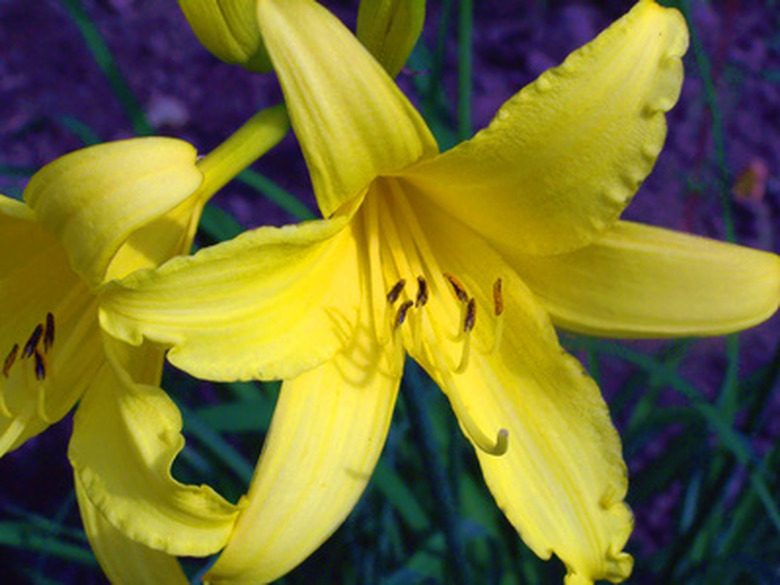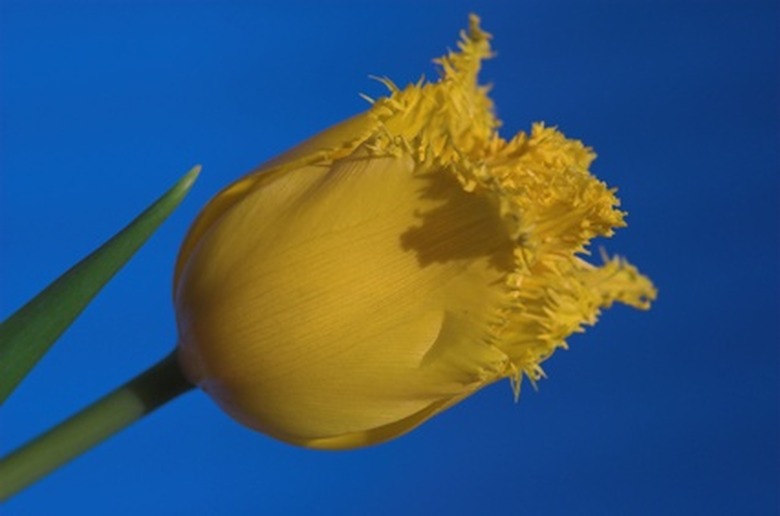List Of Monocot Flowers
There are two main types of flowering plants in the botanical world: monocotyledon and dicotyledons. Monocots have one leaf on the first seedling sprout (the cotyledons). Monocots also usually have leaves, stamens, and flower petals in a number divisible by three. This second characteristic is not always a reliable way to tell whether a flower is a monocot.
False Garlic
False garlic, Nothoscordum bivalve, is a plant that resembles actual garlic but doesn't have the distinct odor associated with true garlic. Native to the United States, false garlic can be found growing along roadsides, creek banks, open fields and clearings. Nothoscordum bivalve produces small white flowers with six petals with six bright yellow stamens rising out of the center of each inflorescence. False garlic has long, grass-like leaves at the base of each flower stem. Typically growing in the midwest and southeast portions of the United States, false garlic is commercially available as a wildflower seed.
- There are two main types of flowering plants in the botanical world: monocotyledon and dicotyledons.
- False garlic, Nothoscordum bivalve, is a plant that resembles actual garlic but doesn't have the distinct odor associated with true garlic.
White Trillium
White trillium, Trillium grandiflorum, is a perennial monocotyledon wildflower found in North America. Flowers are 6 to 12 inches tall. Plants have two sets of three leaves and a large white or pink flower with three petals. Trillium are found in well-drained, slightly acidic soils in new-growth or second-growth forests. Occasionally found for purchase as a garden flower in nurseries, plants flower four to five years after germination. Listed in many areas as threatened or endangered in the wild, conservation efforts abound to save wild Trillium specimens. Trillium grandiflorum is the official state flower of the state of Ohio.
- White trillium, Trillium grandiflorum, is a perennial monocotyledon wildflower found in North America.
- Trillium are found in well-drained, slightly acidic soils in new-growth or second-growth forests.
Dwarf Daylily
Dwarf daylilies, Hemerocallis minor, bloom in early spring. Long, leafy blades surround the flowers, which are sunny yellow in color. Plants typically measure a mere 1 foot in height and are moderately cold tolerant. Known to attract honeybees as a primary pollinator, dwarf daylilies produce a strong scent similar to that of honeysuckle. Originally native to parts of Asia, dwarf daylilies are one type of monocot widely available to gardeners. Hardy to USDA zones 4 through 10, these plants prefer full to partial sun and need to be watered frequently to produce stunning flowers and foliage.
Tulips
One example of monocots that are hard to distinguish by the number of petals they possess is the tulip. Tulips are flowers in the genus Tulipa. Native to parts of Europe, Africa, Asia and parts of the Middle East, there are around 110 species of tulips with countless more cultivars and hybrids. Planted from a bulb, tulips produce yellow, red, pink or white flowers. Blooming in early to late spring, tulips are common sights in gardens across the world. Though it can be hard to tell from their leaf and petal structure, tulips are classified as monocots.
- Dwarf daylilies, Hemerocallis minor, bloom in early spring.
- Blooming in early to late spring, tulips are common sights in gardens across the world.



